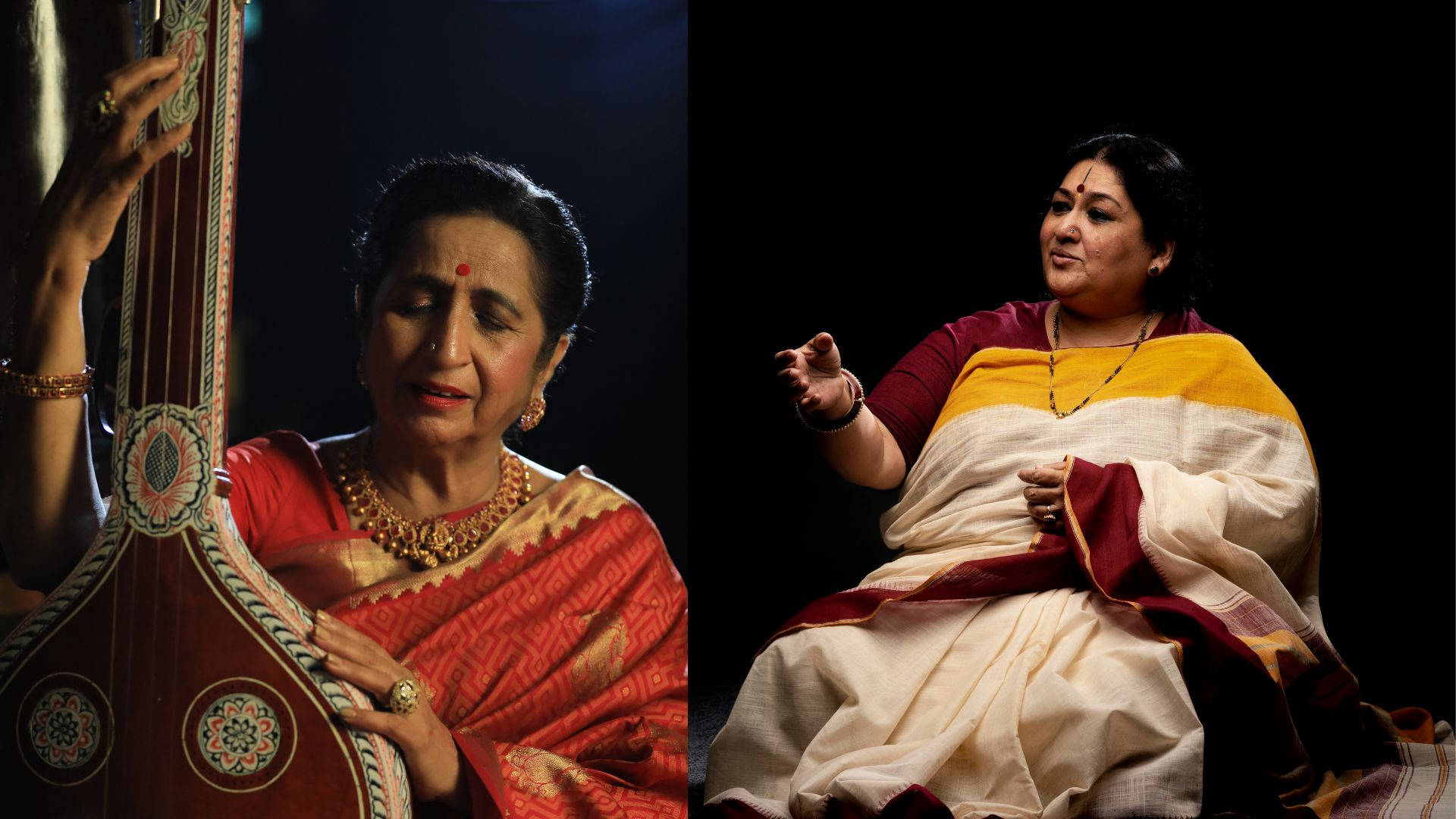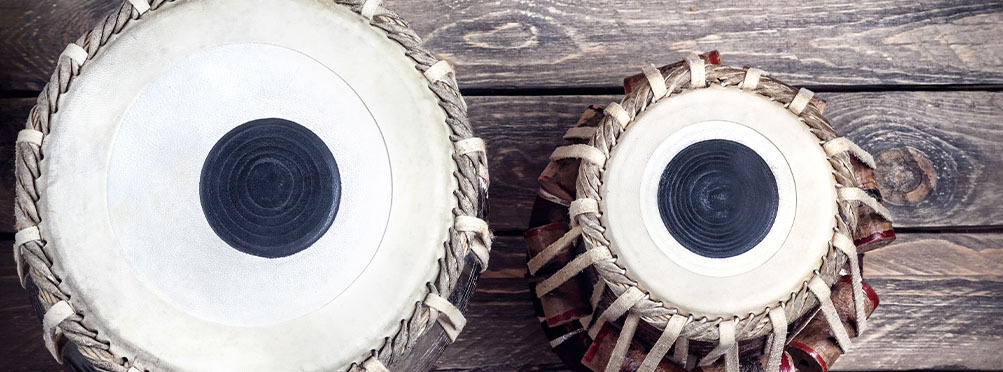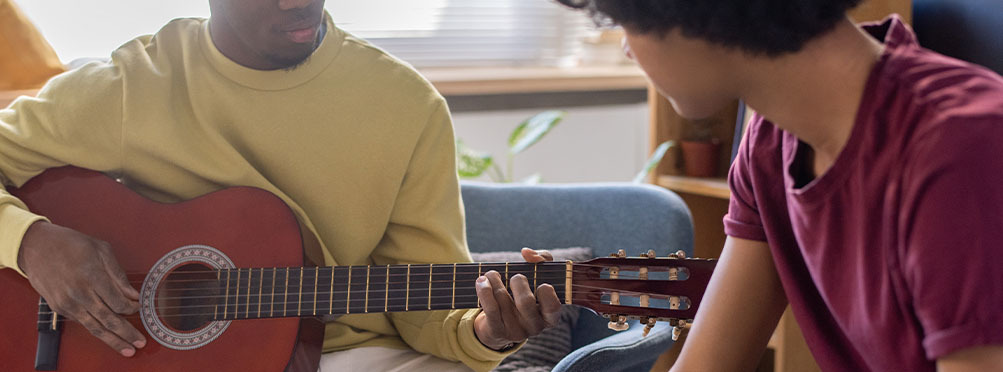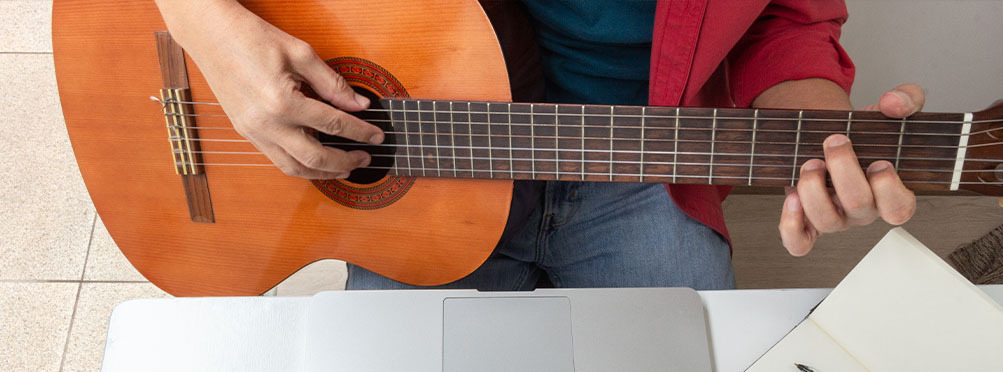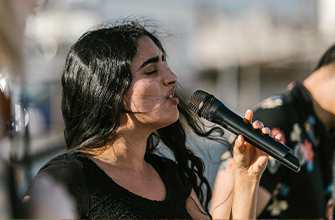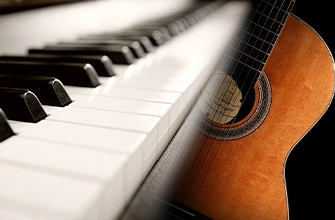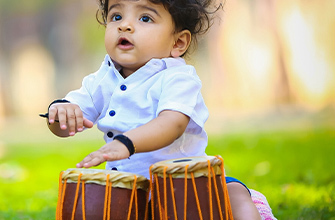Is Carnatic music more scientific and Hindustani music more emotional? Is it difficult for North Indian listeners to understand Carnatic music because of its language and structure? Are North Indian listeners of Carnatic music less likely to love ragas? These are some of the most common questions that pop up in a budding music star’s mind or any music enthusiast in general. While picking up one of them or both is your choice, this inclusive guide can clear all your doubts regarding hindustani vs carnatic debate.
However, before that, it is important to note that Carnatic Music and Hindustani Music, both originated in India. While Hindustani Classical Music is popular in North India, Carnatic classical Music has narrowed down its niche in the southern part of India. With that being said, this comprehensive guide will briefly talk about Carnatic and Hindustani Music, their characteristics, similarities and differences.
Before diving deep into the above-titled topic, let’s take a quick look at what is Carnatic and Hindustani Music. In simple words, though both of them are deeply connected to the religion, Carnatic Music originated in the Bhakti movement whereas Hindustani music originated during the Vedic period. Moreover, both the styles are developed with Sanskrit language scripts.
Carnatic vs Hindustani
Talking about the similarities between Carnatic and Hindustani Music, they are as follows:
- The fundamental components of swara, raga, and tala that serve as the foundation of both Carnatic and Hindustani music are the same, despite stylistic variances.
- One of the two primary sub-genres of Indian classical music that developed from prehistoric Hindu traditions is called Carnatic. The second sub-genre is called Hindustani, and it took on a distinct identity as a result of Persian and Islamic influences in North India.
- Sanskrit language scripts and Vedic traditions both contributed to the music’s evolution.
- In both of these systems, the melodic mode, or raga, is connected to the rhythmic cycle, or tala.
On the other hand, the following aspects draw a line of difference between Carnatic and Hindustani Music:
- Hindustani music predates Carnatic music in terms of origin. It combines Islamic customs, Vedic chants, and Persian Musiqu-e-Assil music. Carnatic is comparatively pure, formed during the Bhakti movement in the 15th and 16th centuries, and gained popularity in the 19th and 20th centuries.
- Carnatic music has a strong focus on the voice, and the majority of its songs are meant to be performed in the gayaki manner. Hindustani music calls for a vocal-focused ensemble. Numerous instruments are made specifically to accompany singers.
- Dhrupad, Khayal, Tarana, Thumri, Dadra, and Gazals are some of the main vocal styles of Hindustani music. Alpana, Niraval, Kalpanaswaram, and Ragam Thana Pallavi are just a few of the improvisational styles that Carnatic music embraces.
The other notable difference between them is mentioned in the above table:
| Differences | Carnatic | Hindustani |
| Total Ragas | 72 | 6 Main Ragas |
| Main Instruments | Veena, Mridangam and Mandolin | Tabla, Sarangi, Sitar and Santoor |
| Influence | Indigenous | Afghan,Persian, and Arab |
| Total Sub-Styles | Only one specific prescribed style of singing | Multiple types of sub-styles |
| Freedom | Improvisation restricted | Open to experimenting with variations and improvisation |
| Vocal or Instrument | Both are equally important | Vocal is more important than Instrument |
These were the fundamentals of Carnatic and Hindustani Music you need to know before deciding to learn them. No matter if you are a kid, a working individual, or a grown-up adult, there is no age bar for learning any of these vocal skills. Visit Artium’s website, and book a free trial of carnatic music class online to start your journey.
The online music education platform allows you to learn music at your own pace from the comfort of your home. Also, not only carnatic, we also offer hindustani classical music classes. In the extensive course, a student learns about this form of music in-depth along with an intrigued hindustani classical vocal training.

